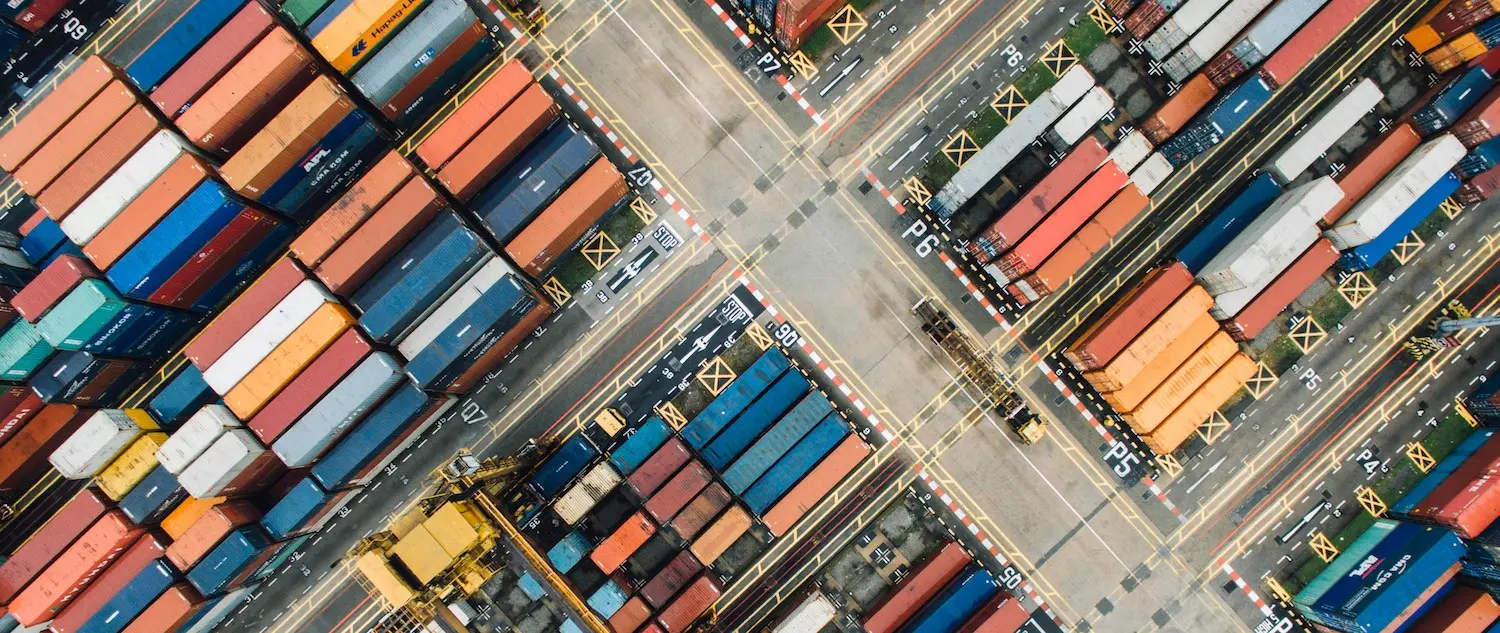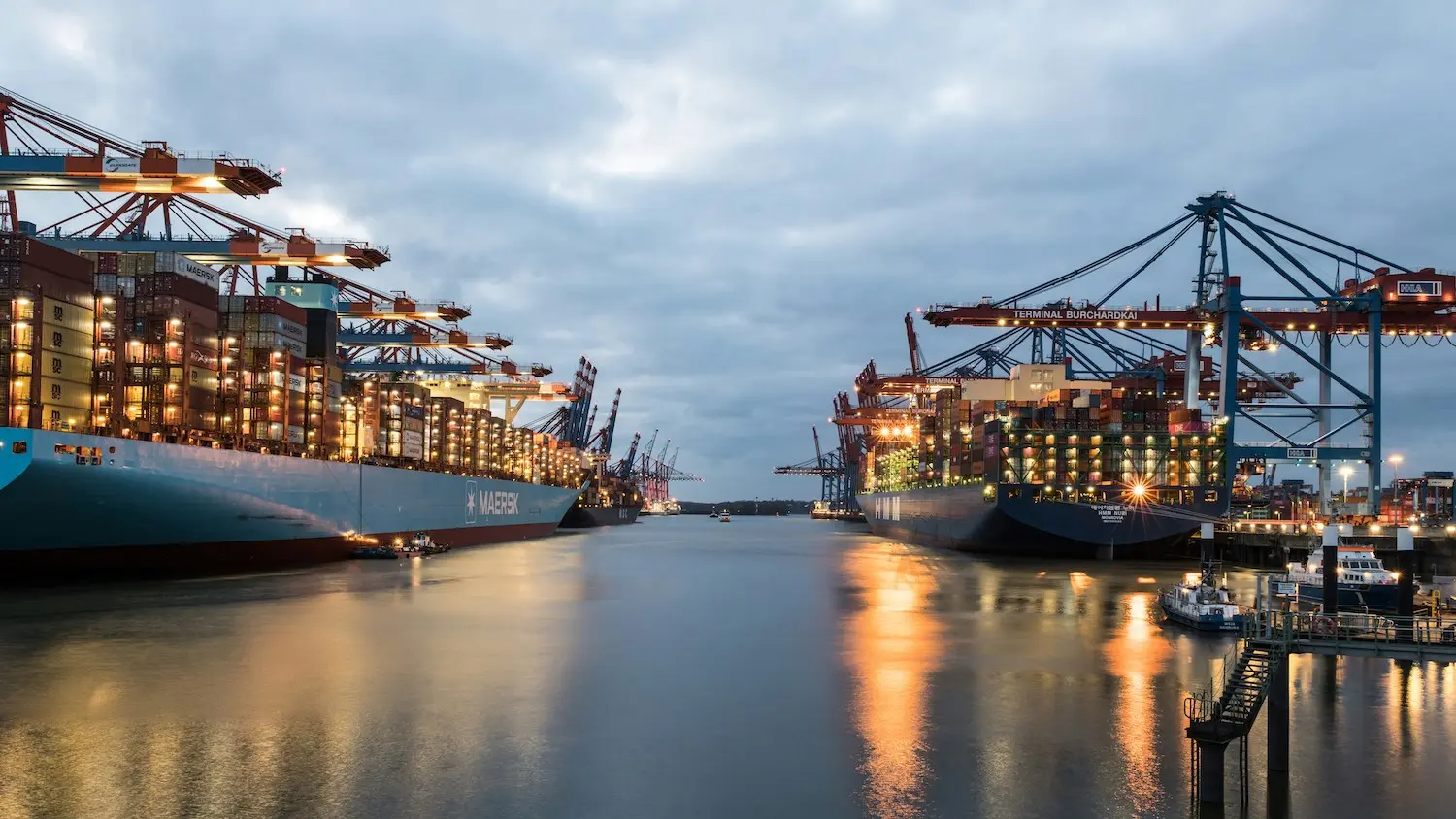
What Is Intermodal Transportation Logistics?
Proper planning is a crucial element of success in the shipping process. Having the right transportation modes in the right place at the right time ensures the smooth and efficient transportation of goods from the manufacturing facility into the hands of buyers. This is where the intermodal logistics industry comes into play.
Without proper intermodal transportation logistics, your company can lose visibility into the location of your shipments and experience unnecessary and costly delays. This blog discusses what intermodal transportation logistics is, some challenges of intermodal freight shipping, and the benefits of working with intermodal providers.
What Is Intermodal Transportation Logistics?
Intermodal transportation logistics involves planning and implementing the movement of goods between two or more modes of transportation. Intermodal freight is stored in secured shipping containers which are transported between container ships, trucks, trains, and cargo planes. The cargo remains in the same container from origin to final delivery.
For example, a cargo ship carrying an intermodal container of motor vehicle parts from Japan to the U.S. will be unloaded when it arrives at its destination port. The shipping container is then loaded onto a truck to be transferred to a train for rail transportation. Finally, a truck hauls the container from the railyard to the warehouse of an auto parts store.
Challenges of Intermodal Transportation Logistics
Though using multiple modes of transportation as part of your shipping strategy boasts many benefits – like lower costs and a reduced carbon footprint – it also comes with a few logistical challenges like the following:
- Shipment timing: Sometimes delays are inevitable, such as when a truck transporting standardized containers encounters unexpected highway congestion due to an accident. This could mean the shipment arrives at its next mode of transportation later than expected, potentially resulting in a late delivery. It can be difficult to plan for these delays and estimate their full impact.
- Transferring between transportation modes: ISO containers (which are containers that meet the standards of the International Organization for Standardization) need to be transferred between different modes of transport. A plan must be established for these transfers so the cargo can efficiently continue its journey. It can be a challenge to ensure trucking companies are available and ready at the right time for the transfers.
- Shipment visibility: It can be stressful not knowing where your shipping containers are at any given moment, which may be the case at times, especially if your cargo is at sea. A lack of real-time visibility can lead to uninformed decision making and cause uncertainty when communicating with customers about expected delivery time.
Types of Intermodal Transportation
There are different benefits of using each transportation mode as well as some drawbacks. These factors are important to consider when managing your supply chain logistics to ensure you stay on track and within budget.
Trucks
The trucking industry is responsible for moving about 70% of freight in the U.S. by weight, making trucks essential in the intermodal transportation process. Planning cargo movement for trucks includes moving the goods from their origin to the next transport mode, between different multimodal transportation methods, and to their final destination.
- Pros: Trucks have a unique advantage over other intermodal freight transportation methods in that they can access almost any place a standard vehicle can. Container trucking is also a cost-effective method of transporting cargo short distances, as it requires less fuel and manpower.
- Cons: While trucks have a smaller capacity for standardized shipping containers compared to some other transport methods used in domestic intermodal shipments, they can still be a great option for flexible and short-to-medium-distance hauls. If you’re managing a larger volume of containers over long distances, integrating trucking with other modes of transport might provide an effective solution. Additionally, while long-haul trucking may occasionally experience delays due to traffic, weather, or other road-related factors, proper planning and route optimization can help mitigate these challenges.
Trains
Intermodal shipping made up roughly 25% of revenue in 2023 for major U.S. freight railroads – a larger percentage than any other segment of single-rail traffic. Planning for train transport means reserving the number of railcars you need and working with a freight company to schedule a train.
- Pros: Trains have 3-4 times the fuel efficiency of trucks, making them a sustainable and cost-effective option for moving freight. Using trains for long journeys also decreases highway congestion and reduces road upkeep that would otherwise be required if all cargo was transported via trucks.
- Cons: Trains aren’t the best option if you’re shipping goods a short distance. They’re most often used for journeys over 500 miles. And if you’re only shipping a few containers a long distance, you may not save much, if anything, on transportation costs and should opt for over-the-road shipping (OTR shipping) instead.
Ships
Around 90% of international shipments are transported by ocean carriers to reach their final destination. Planning cargo ship transportation involves reserving the number of containers you need and determining how the containers will be transported to the port, which is usually done in partnership with intermodal shippers.
- Pros: Cargo ships can carry more shipping containers than any other form of transportation. The largest ships have a capacity of around 24,000 TEU (twenty-foot equivalent units). Unlike trucks and trains, they can access countries all over the world. And, unlike airplanes, they can do so inexpensively. This makes them a great choice for international intermodal shipments travel.
- Cons: Container ships are the slowest transportation mode, moving at an average speed equivalent to 15-25 miles per hour. Access to waterways and a destination port must also be available. Alternative routes may be needed if waterways aren’t accessible by ship, and delays in supply chains can occur if ocean ports become too congested.
Airplanes
According to the International Air Transport Association, air freight transportation is predicted to grow by 5% in 2024. Air transport is often used to ship goods that are expensive or must be urgently delivered.
As with other intermodal transport methods, you need to determine the amount of intermodal containers you need and work with a shipping company to coordinate the transportation.
- Pros: Cargo planes are the fastest method for transporting goods long distances, as they travel only slightly slower than commercial jets. Though this transportation method may seem difficult to access, the delivery location just needs to have an airport nearby to allow for quick delivery.
- Cons: Cargo planes are the most expensive method of transportation when compared to trains, trucks, and ships, so it’s important to weigh your budget against the urgency of your shipments. Planes also have a lower carrying capacity than trains and ships as well as the highest fuel output of all transportation modes.
Benefits of Working With an Intermodal Logistics Company
Working with a reliable service partner can help you overcome the logistics challenges mentioned above. There are many benefits of working with an intermodal logistics company, such as:
- Shipment movement: A logistics company will take care of getting your goods from point A to point B, from the planning of the journey to the required actions. When there are interruptions to services, they’ll keep you informed and handle any issues, allowing you to focus on aspects of your business outside of transportation.
- Drayage services: An intermodal logistics company will coordinate the transfer of shipping containers from one transportation mode to the next using drayage carriers. These carriers specialize in moving containers and have proper equipment to ensure each container arrives at its next destination safely and efficiently.
- Real-time tracking: Some logistics companies offer real-time tracking for intermodal shipments, whether your containers are out at sea or on the highway heading to the distribution center. This visibility can provide peace of mind and enable more informed decision making.
Experience Customized Logistics Solutions for Your Transportation Needs
Each method of cargo transportation is beneficial in different ways. Intermodal transportation offers the advantages of each mode and combines them to create the best possible journey for your company’s shipments.
DSL Logistics is an intermodal service provider that turns logistics challenges into seamless journeys with dependable drayage services, visibility tools for real-time shipment tracking, and logistics solutions tailored to your company’s needs. As the country’s premier intermodal leader, we’re ready to help with your intermodal shipping process every step of the way.
Put your logistics into the hands of the experts. Request a quote today!
Categories
- Intermodal



